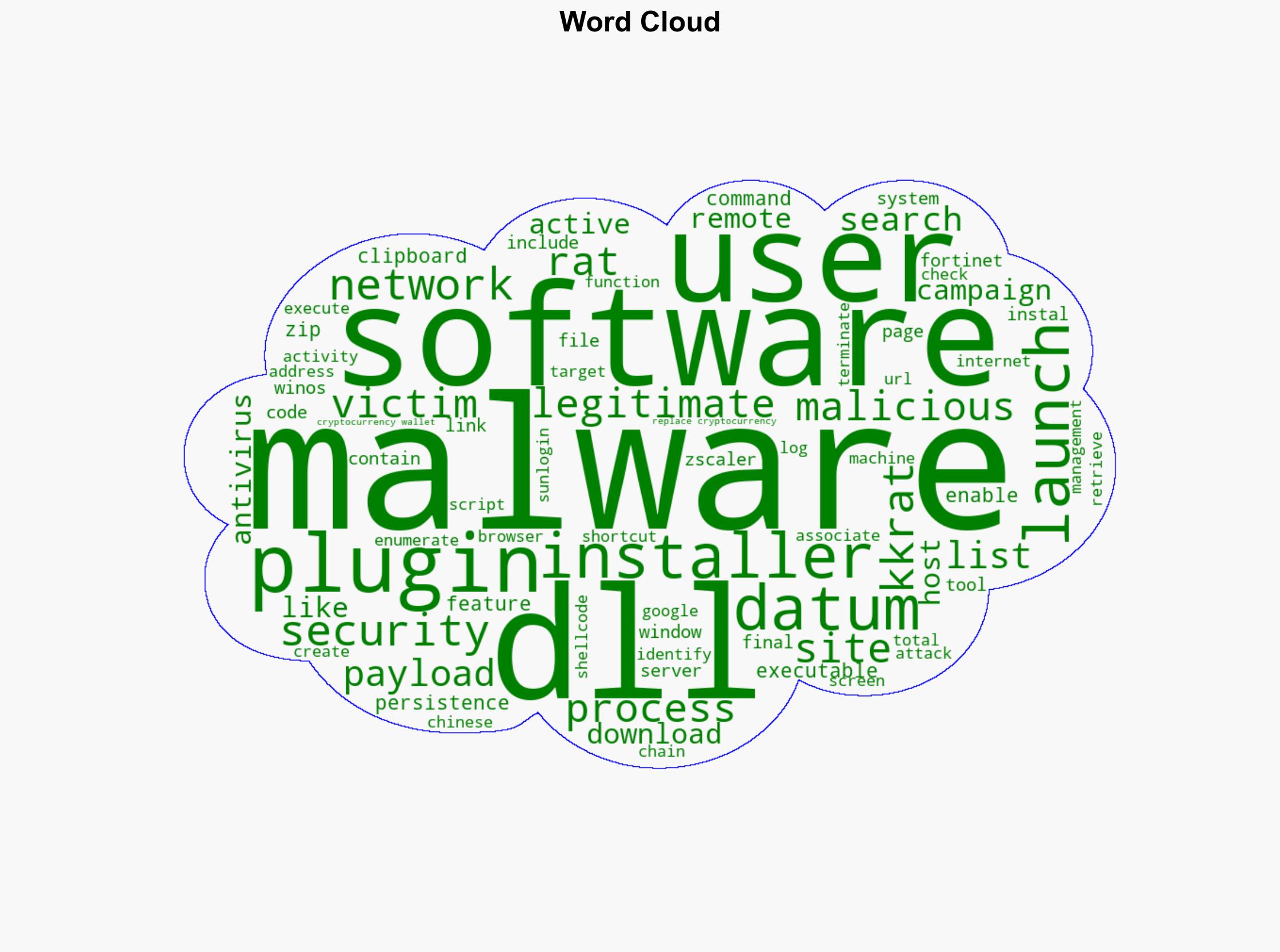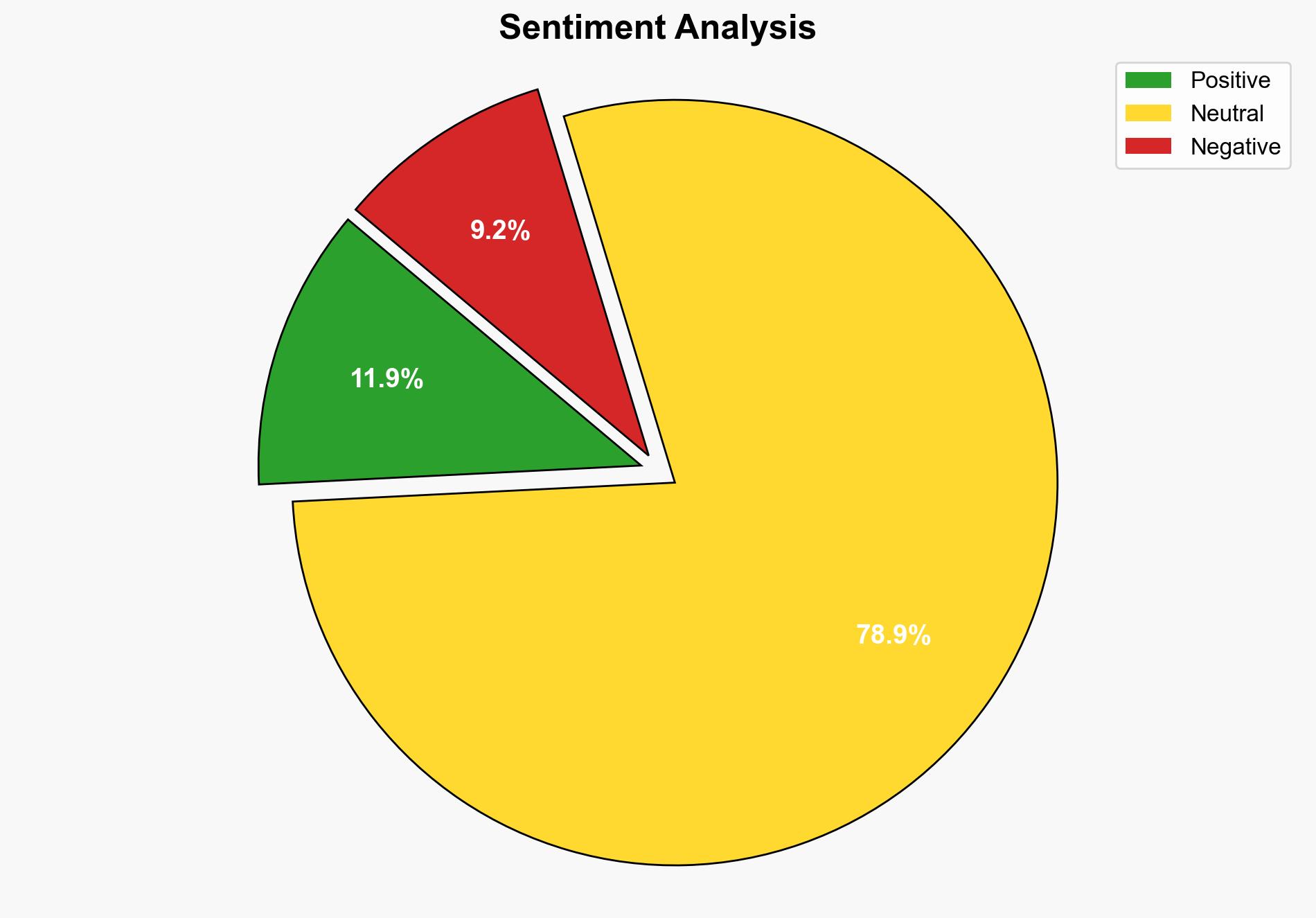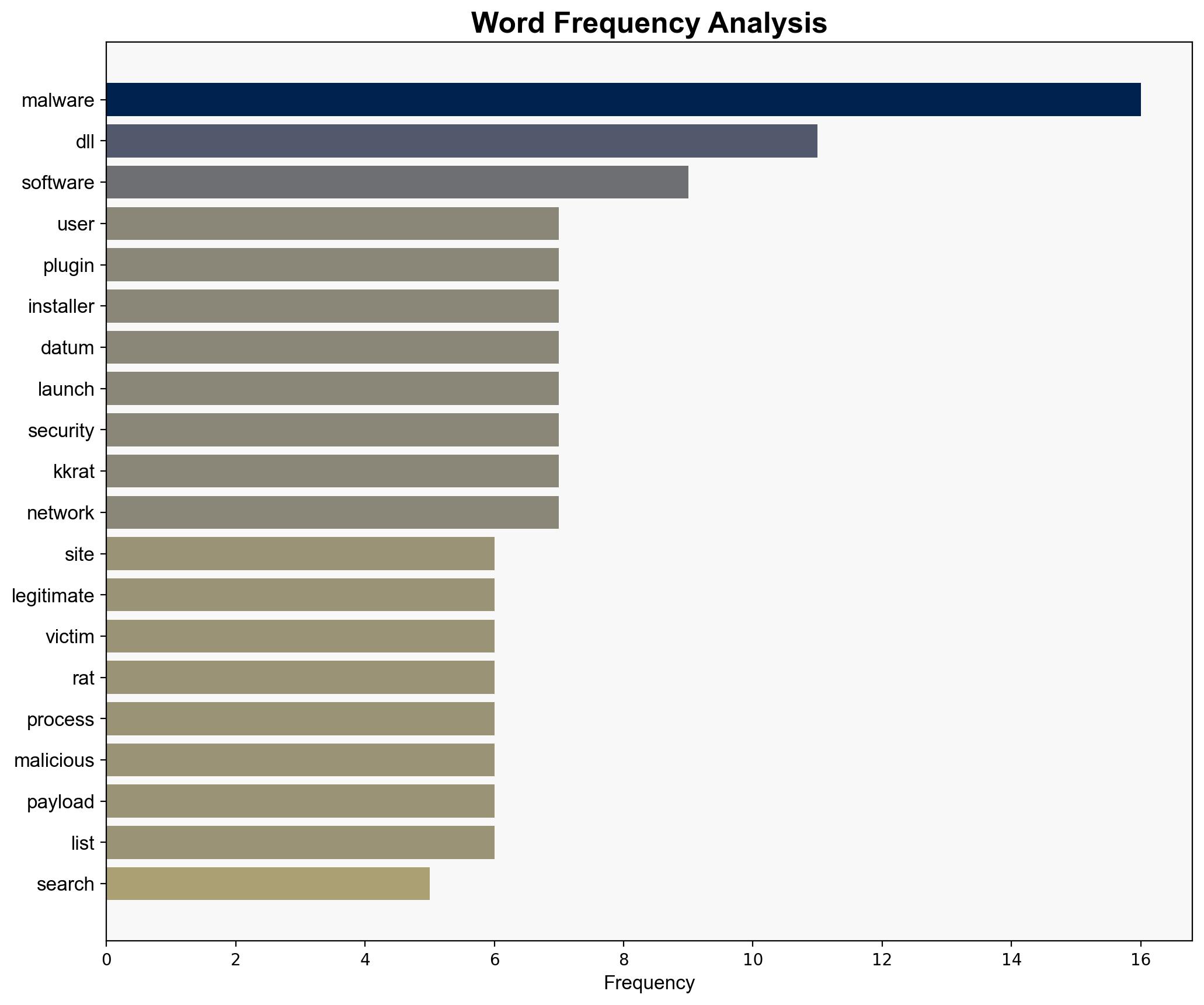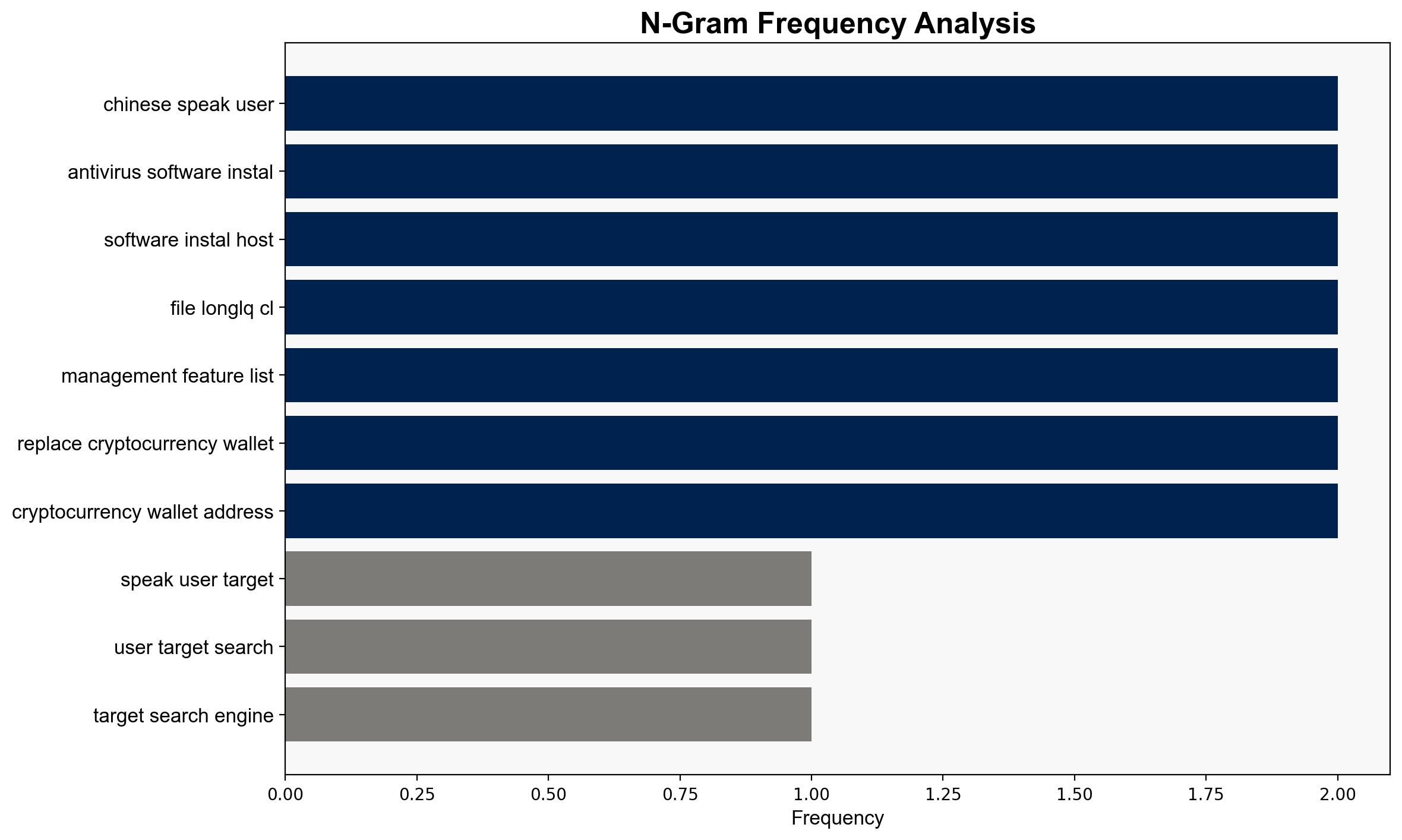HiddenGh0st Winos and kkRAT Exploit SEO GitHub Pages in Chinese Malware Attacks – Internet
Published on: 2025-09-15
Intelligence Report: HiddenGh0st Winos and kkRAT Exploit SEO GitHub Pages in Chinese Malware Attacks – Internet
1. BLUF (Bottom Line Up Front)
The strategic judgment is that the HiddenGh0st Winos and kkRAT campaigns represent a sophisticated cyber threat targeting Chinese-speaking users through SEO poisoning and malware distribution. The most supported hypothesis is that these operations are conducted by China-based cybercriminal groups leveraging advanced techniques to evade detection. The confidence level is moderate due to the complexity of attribution and potential for deception. Recommended action includes enhancing cybersecurity measures, particularly focusing on SEO manipulation and malware detection, and increasing awareness among potential targets.
2. Competing Hypotheses
1. **Hypothesis A**: The malware campaigns are orchestrated by China-based cybercriminal groups, such as Silver Fox, using SEO poisoning to target Chinese-speaking users with HiddenGh0st Winos and kkRAT malware.
2. **Hypothesis B**: The campaigns are a false-flag operation by a non-Chinese entity aiming to mislead attribution efforts by mimicking known Chinese cybercriminal tactics and targeting patterns.
Using the Analysis of Competing Hypotheses (ACH) 2.0, Hypothesis A is better supported due to the consistent use of known Chinese cybercriminal techniques and the targeting of Chinese-speaking users. Hypothesis B lacks direct evidence and relies on the assumption of intentional deception without clear motive or benefit.
3. Key Assumptions and Red Flags
– **Assumptions**: It is assumed that the use of Chinese language and targeting of Chinese-speaking users indicates a China-based origin. There is also an assumption that the observed techniques are unique to Chinese cybercriminals.
– **Red Flags**: The possibility of a false-flag operation is a significant red flag, as is the lack of direct attribution to specific individuals or groups. The complexity of the malware and its distribution method suggests a high level of sophistication that may not be typical for all China-based groups.
4. Implications and Strategic Risks
The campaigns could lead to increased cyber threats against Chinese-speaking users globally, potentially impacting economic activities and national security. If the operations are indeed a false-flag, it could escalate geopolitical tensions by misattributing cyberattacks to China. The use of SEO poisoning indicates a trend towards more covert and indirect cyberattack methods, complicating detection and response efforts.
5. Recommendations and Outlook
- Enhance monitoring and analysis of SEO manipulation techniques to prevent malware distribution.
- Increase cybersecurity awareness and training for Chinese-speaking users, emphasizing the risks of downloading software from unverified sources.
- Best-case scenario: Improved detection and prevention measures reduce the effectiveness of such campaigns.
- Worst-case scenario: The campaigns succeed in widespread malware distribution, leading to significant data breaches and financial losses.
- Most likely scenario: Continued attempts at SEO poisoning with varying degrees of success, necessitating ongoing vigilance and adaptation of cybersecurity strategies.
6. Key Individuals and Entities
– Pei Han Liao (Fortinet FortiGuard Labs researcher)
– Muhammed Irfan (Zscaler ThreatLabZ researcher)
– Silver Fox (Cybercrime group)
7. Thematic Tags
national security threats, cybersecurity, counter-terrorism, regional focus




